
-
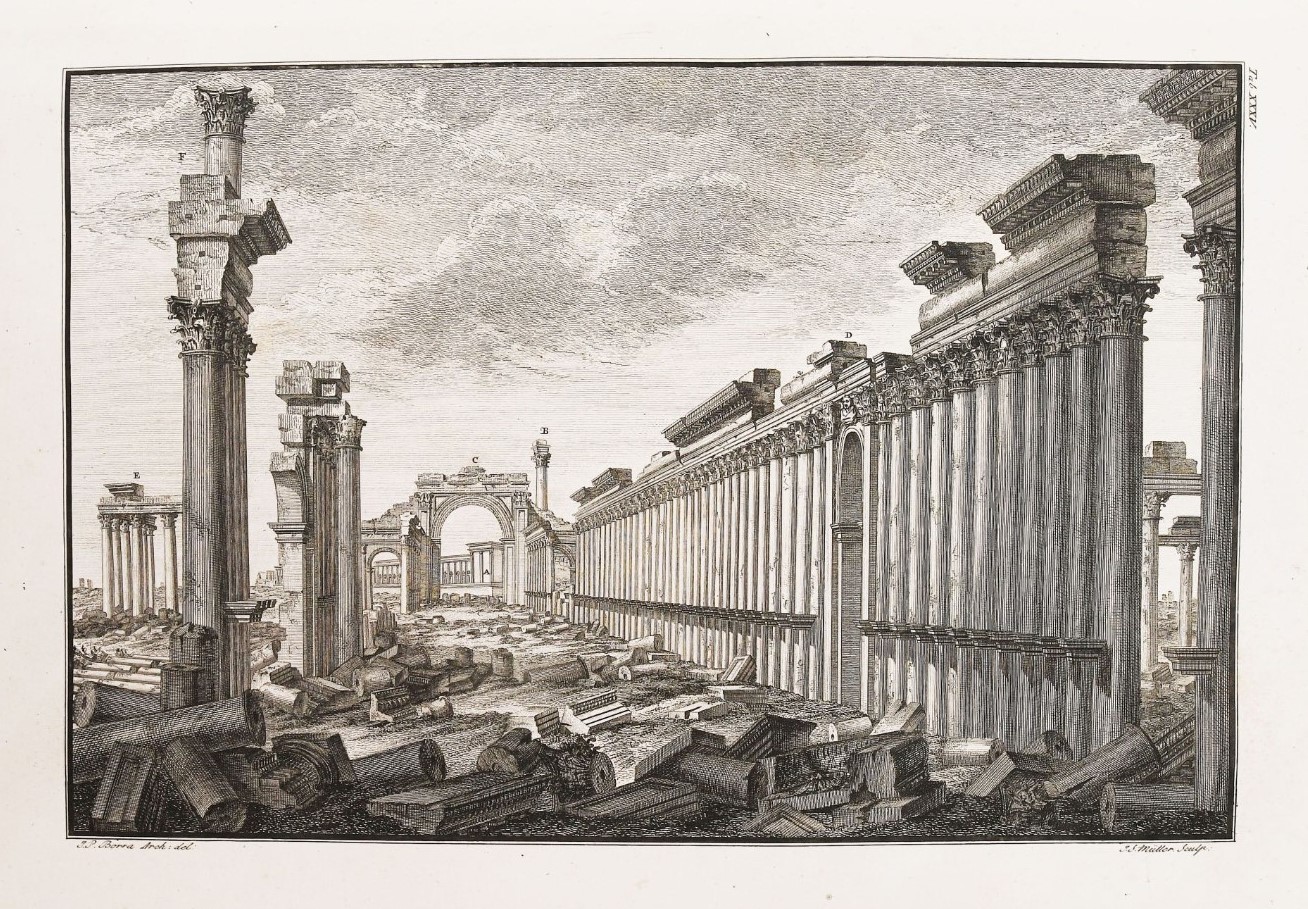 10th April 2024Rare Books, Prints, Autograph and Documents.Lot 151. WOOD. Les Ruines de Palmyre, autrement dite Tedmor, au Desert. Londres, A. Millar,
10th April 2024Rare Books, Prints, Autograph and Documents.Lot 151. WOOD. Les Ruines de Palmyre, autrement dite Tedmor, au Desert. Londres, A. Millar, -
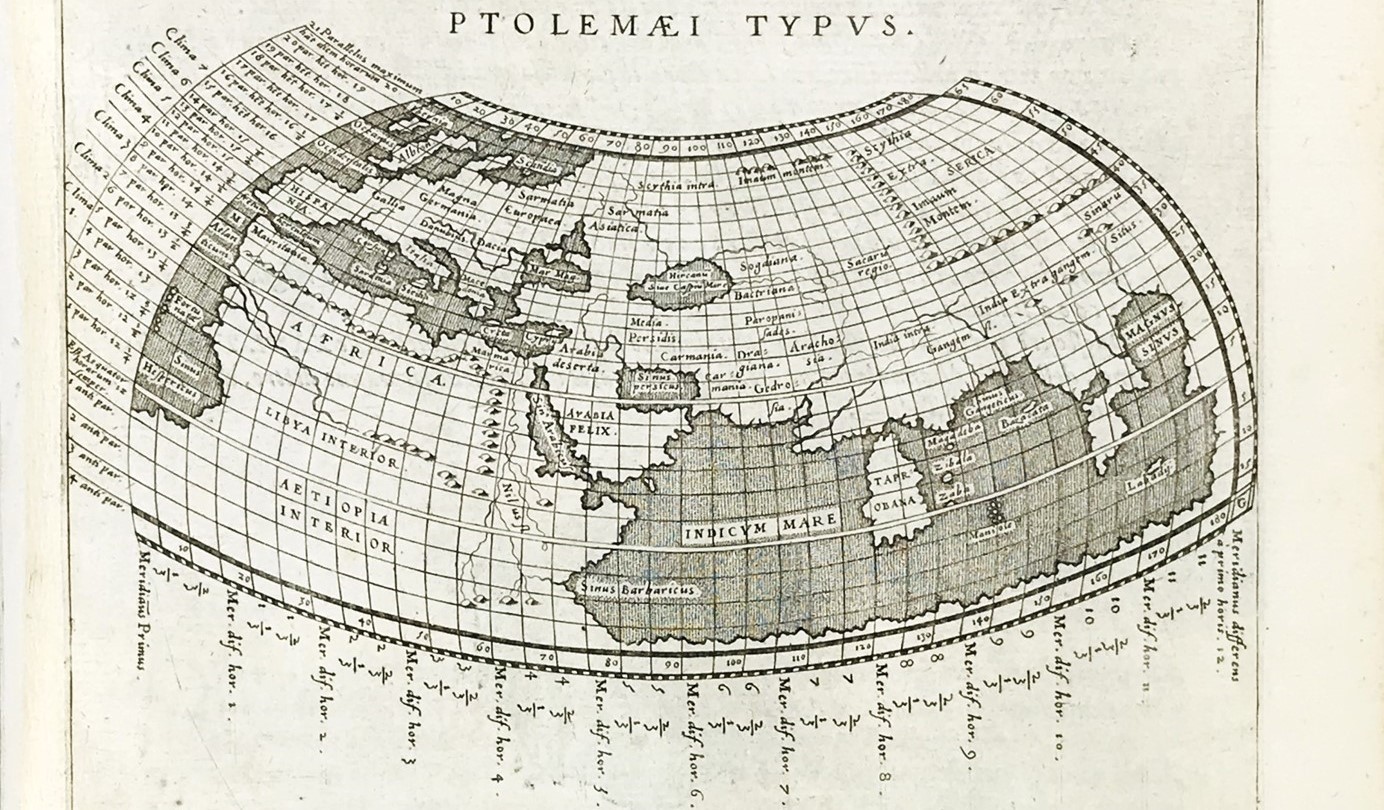 10th April 2024Rare Books, Prints, Autograph and Documents.Lot 64. PTOLEMAEUS. Geografia cioè descrittione universale della terra partita. 1597-98
10th April 2024Rare Books, Prints, Autograph and Documents.Lot 64. PTOLEMAEUS. Geografia cioè descrittione universale della terra partita. 1597-98 -
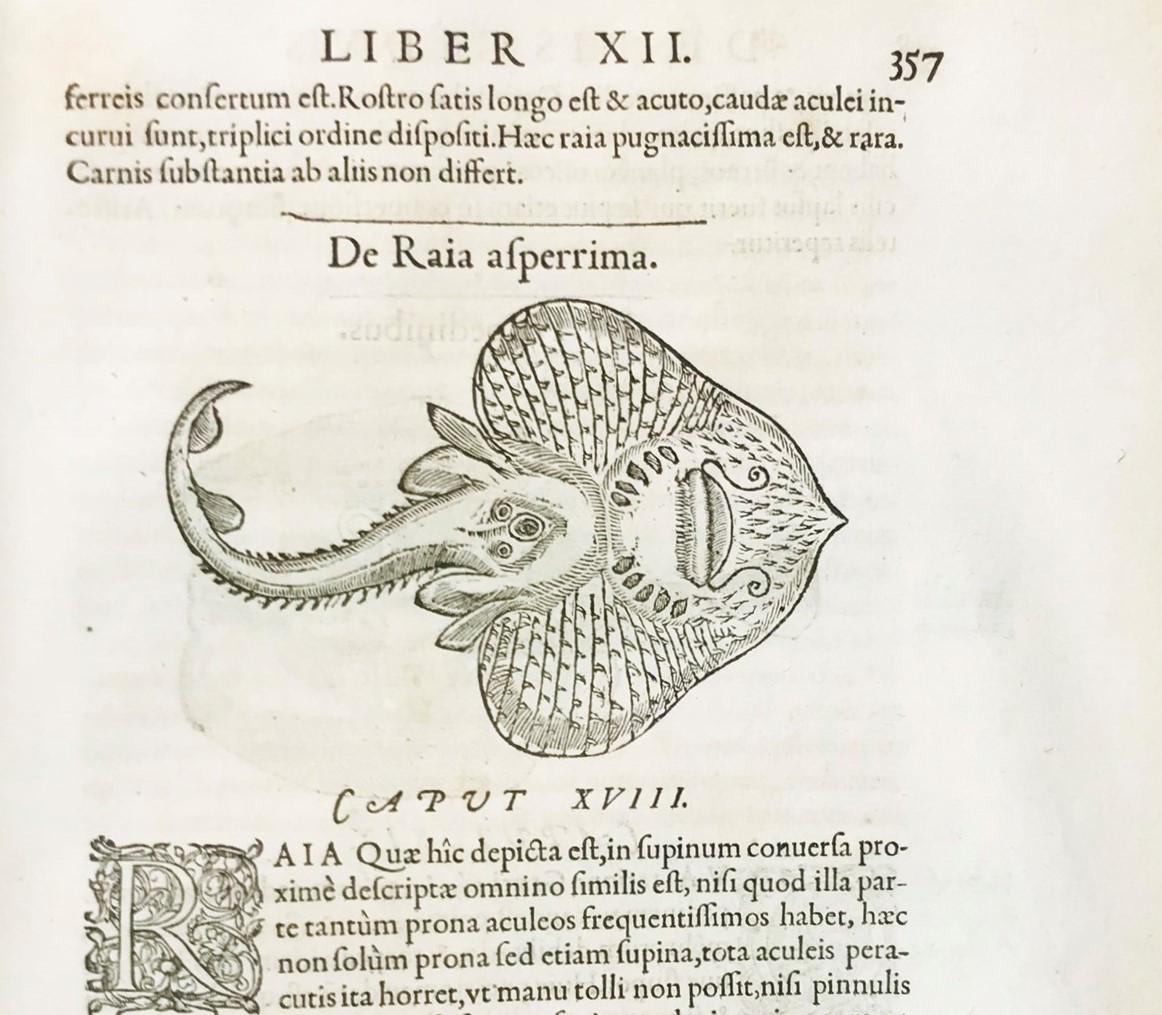 10th April 2024Rare Books, Prints, Autographs and Documents.Lot 40. RONDELET. Libri de Piscibus Marinis. Lyon, Mathias Bonhomme, 1554
10th April 2024Rare Books, Prints, Autographs and Documents.Lot 40. RONDELET. Libri de Piscibus Marinis. Lyon, Mathias Bonhomme, 1554 -
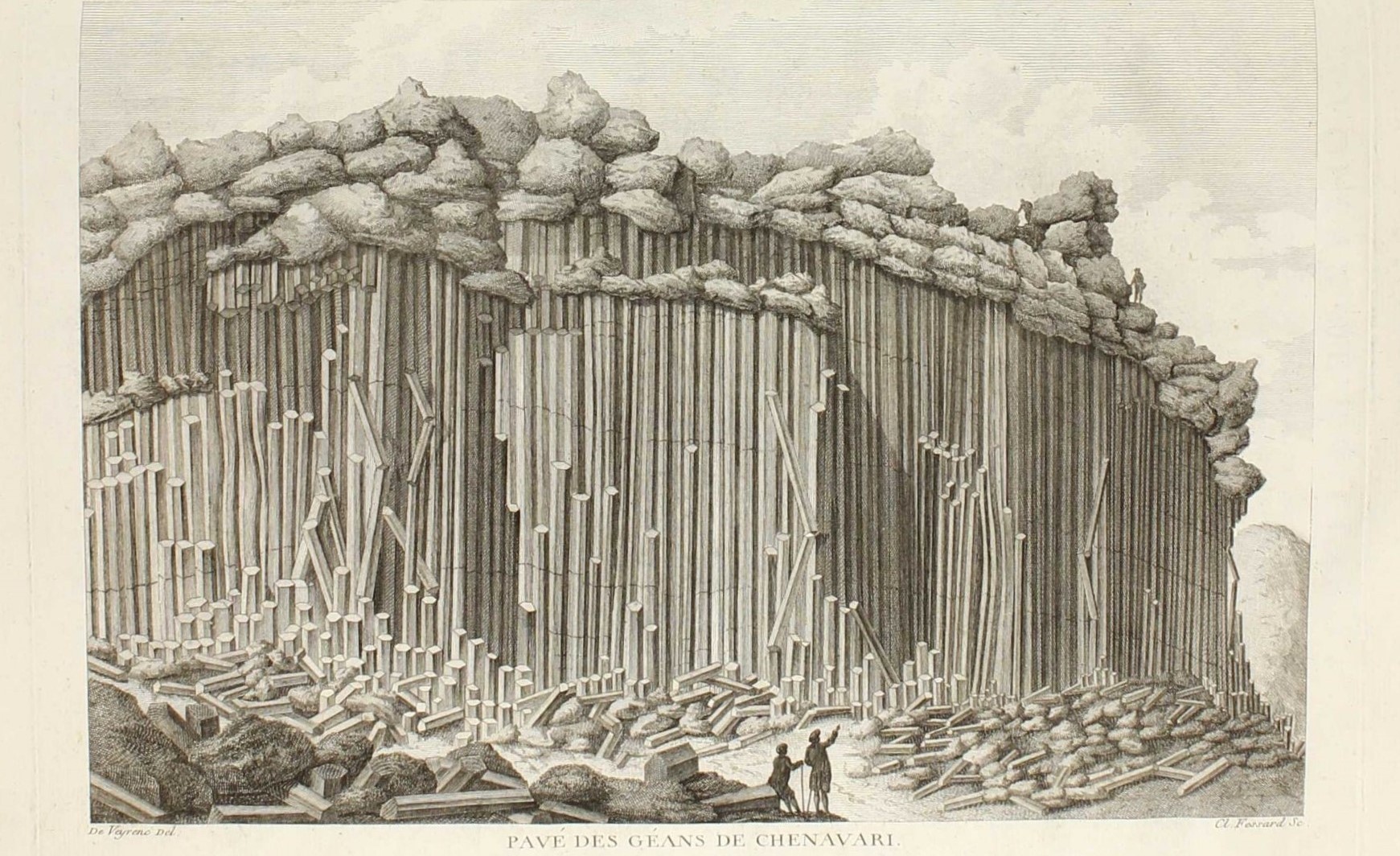 10th April 2024Rare Books, Prints, Autograph and Documents.Lot 183. FAUJAS DE SAINT-FOND. Recherches sur les volcans. 1778
10th April 2024Rare Books, Prints, Autograph and Documents.Lot 183. FAUJAS DE SAINT-FOND. Recherches sur les volcans. 1778 -
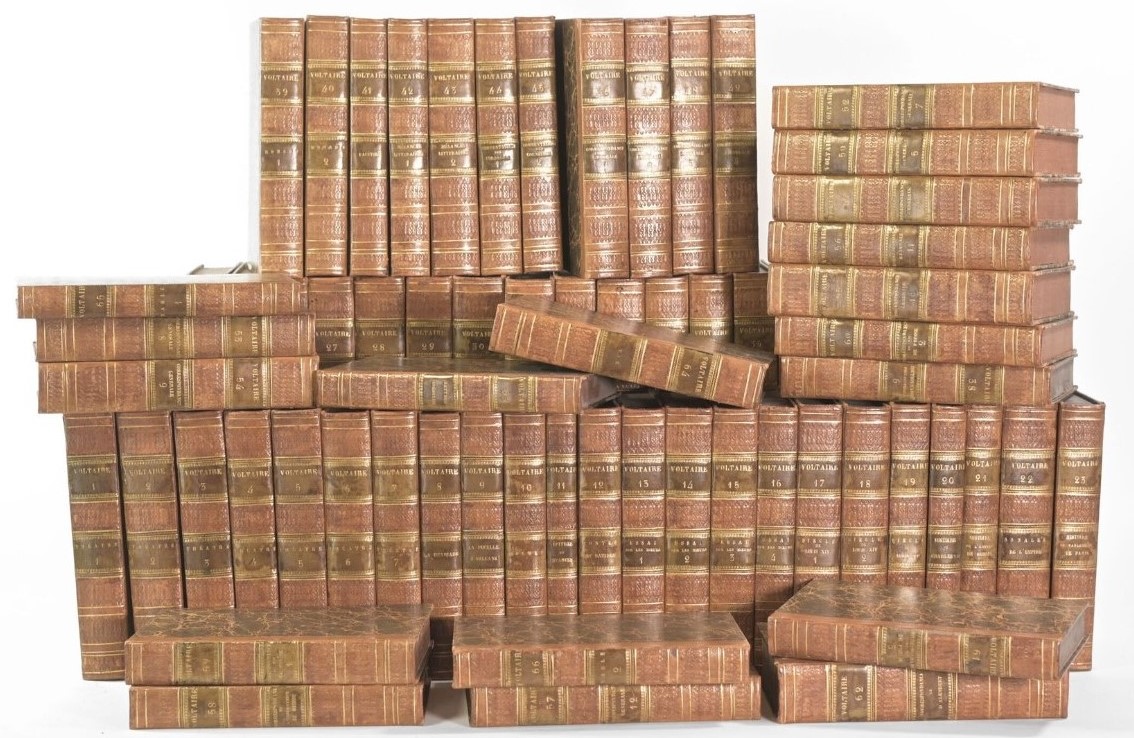 10th April 2024Rare Books, Prints, Autographs and Documents.Lot 251. VOLTAIRE. Oeuvres complètes. Paris, Renouard, Edition de Kehl, 1819-1825
10th April 2024Rare Books, Prints, Autographs and Documents.Lot 251. VOLTAIRE. Oeuvres complètes. Paris, Renouard, Edition de Kehl, 1819-1825
Auction calendar
